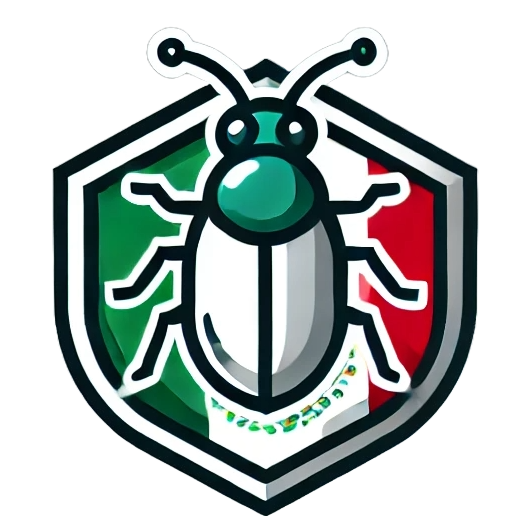**Title: Comprehensive Guide to Pest Control: Effective Fumigation Practices**
In recent years, the need for pest control services has increased due to the rising instances of pest infestations in both residential and commercial properties. One of the most effective methods for tackling pest problems is through fumigation.
Fumigation involves the use of chemical gases to eliminate pests such as termites, bed bugs, cockroaches, and rodents. The process is carried out by licensed professionals who carefully seal the area to be treated, ensuring the safety of both occupants and the environment.
Before fumigation, it is essential to properly prepare the area by removing all food items, plants, pets, and sensitive materials. This helps prevent contamination and ensures that the fumigants can reach all areas where pests may be hiding.
During the fumigation process, it is crucial to follow safety protocols to minimize risks to human health and environmental impact. Proper ventilation of the treated area after fumigation is also necessary to ensure that any residual fumigants disperse safely.
After fumigation, it is important to monitor the treated area for any signs of pest activity and undertake necessary preventive measures to avoid future infestations. Regular inspections and maintenance can help ensure long-term pest control effectiveness.
By following best practices in fumigation and working with reputable pest control professionals, property owners can effectively combat pest problems and maintain a healthy living or working environment. Effective fumigation is a key component in comprehensive pest control strategies that protect both property and occupants from the dangers pests pose.
